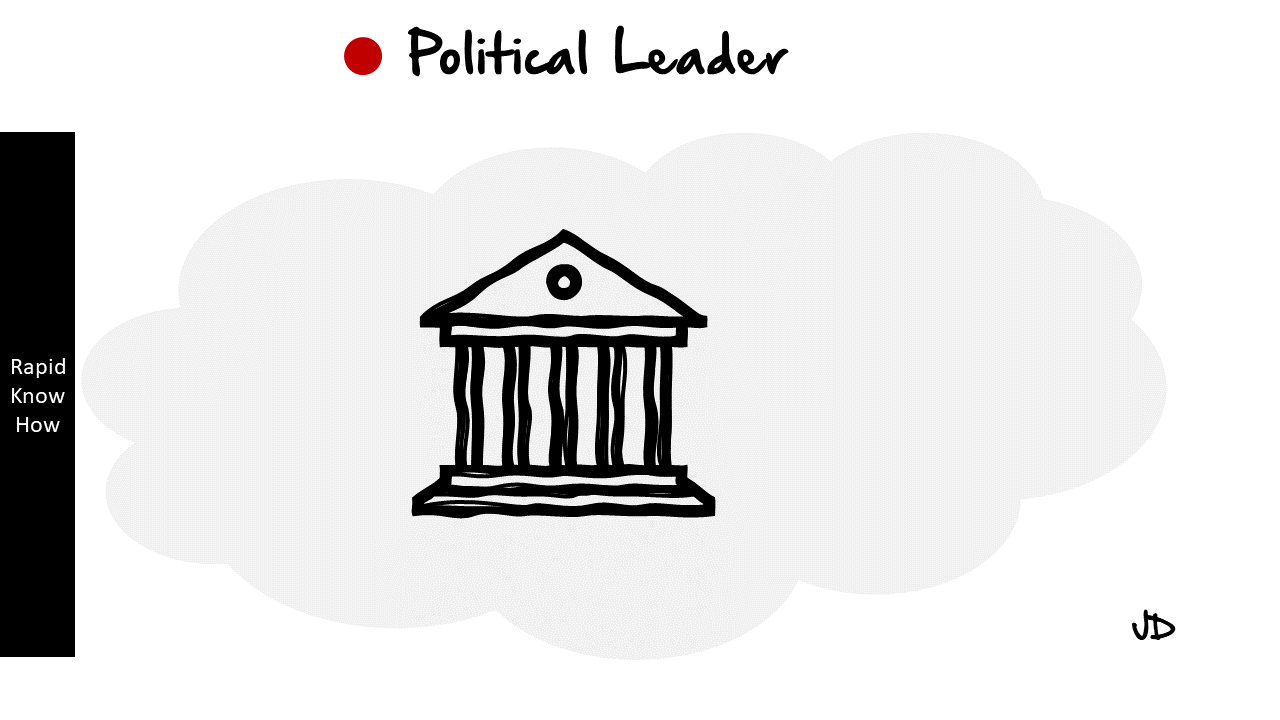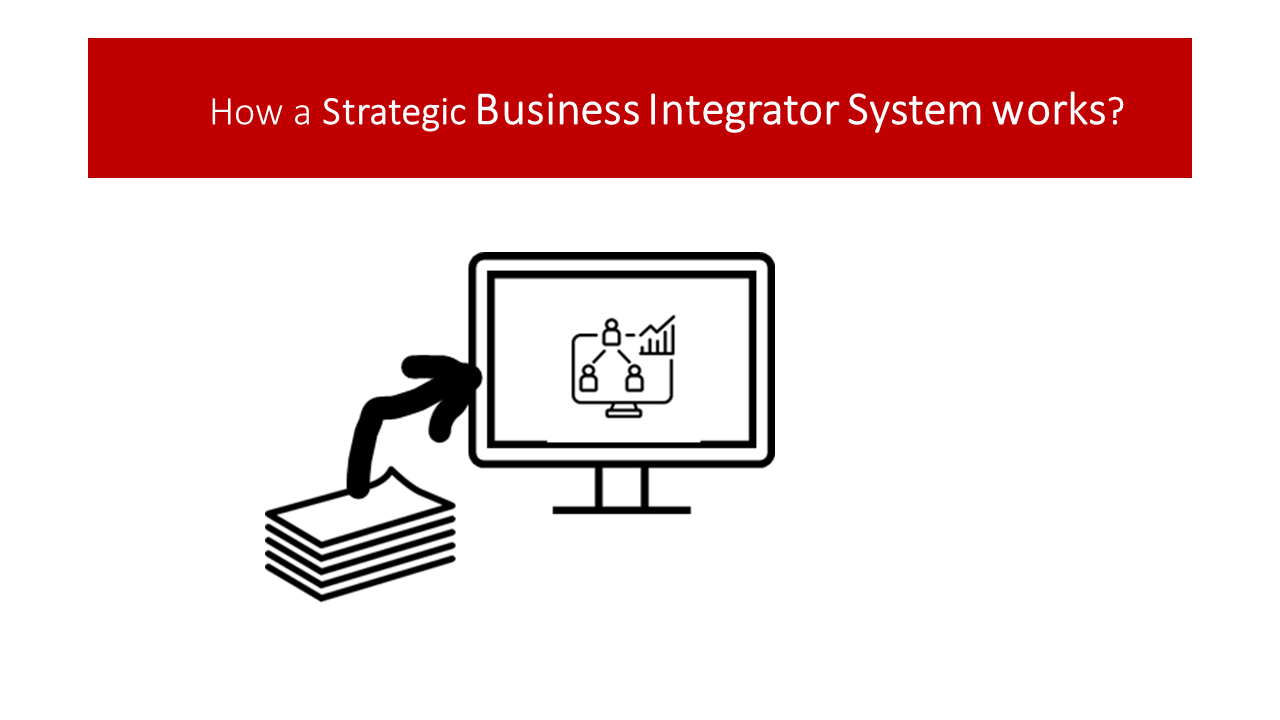The Situation
In an increasingly complex global landscape, the role of secret services such as the CIA (Central Intelligence Agency), FSB (Federal Security Service of the Russian Federation), and MI5 (Security Service of the United Kingdom) has become more critical than ever.
These organizations operate in a realm where information is power, and their strategic moves can significantly influence national security, international relations, and even economic stability.
However, understanding the key strategies employed by these agencies can be challenging due to their clandestine nature and the often opaque methodologies they utilize.
The situation is further complicated by the rapid evolution of technology and communication.
Cyber threats, terrorism, espionage, and geopolitical tensions require secret services to adapt quickly and effectively.
As a result, their strategic frameworks must be robust yet flexible enough to respond to emerging threats while maintaining operational secrecy.
The Impact
The impact of these strategic moves extends beyond national borders. When secret services successfully execute their strategies, they can thwart potential threats, gather crucial intelligence, and maintain a balance of power on a global scale.
Conversely, failures in strategy can lead to catastrophic consequences—ranging from compromised national security to international incidents that could escalate into conflicts.
For instance, a successful intelligence operation can prevent terrorist attacks or espionage activities that threaten national interests.
On the other hand, missteps or leaks can undermine public trust in these institutions and lead to diplomatic fallout.
Therefore, understanding the strategic maneuvers of agencies like the CIA, FSB, and MI5 is essential for policymakers, analysts, and even us citizens who seek to comprehend the complexities of modern security challenges.
The Solution

To navigate this intricate landscape effectively, it is crucial to identify the top three strategic moves employed by secret services worldwide.
These strategies not only highlight how these organizations operate but also provide insights into how similar principles can be applied in various sectors.
1. **Intelligence Gathering**: At the core of any secret service’s strategy is intelligence gathering.
This involves collecting data from various sources—human intelligence (HUMINT), signals intelligence (SIGINT), imagery intelligence (IMINT), and open-source intelligence (OSINT).
Each type plays a vital role in creating a comprehensive picture of potential threats or opportunities.
2. **Analysis and Assessment**: Once information is gathered, it must be analyzed rigorously.
This step involves assessing the credibility of sources, identifying patterns or anomalies in data, and synthesizing information into actionable insights.
Effective analysis allows agencies to prioritize threats and allocate resources efficiently.
3. **Covert Operations**: The execution of covert operations is often where secret services demonstrate their strategic prowess.
These operations may include sabotage, infiltration, or psychological warfare aimed at disrupting adversaries’ plans without revealing involvement.
The ability to conduct such operations discreetly while achieving objectives is a hallmark of successful secret service strategy.
Key Actions: 3 Steps to Get Started
For those interested in applying these principles within their own organizations or sectors—be it corporate security, risk management, or even personal development—here are three actionable steps:
1. **Enhance Information Gathering Techniques**: Invest in tools and technologies that facilitate comprehensive data collection from diverse sources.
This could involve adopting advanced analytics software or training personnel in effective research methodologies.
2. **Develop Analytical Frameworks**: Create structured processes for analyzing gathered information.
This might include establishing teams dedicated to threat assessment or utilizing data visualization techniques to identify trends more easily.
3. **Implement Strategic Planning for Covert Actions**: While not all organizations will engage in covert operations per se, developing strategies that allow for discreet problem-solving can be beneficial.
This could involve scenario planning exercises or crisis management simulations that prepare teams for unexpected challenges without drawing attention.
Conclusion
Understanding the key strategies employed by secret services like the CIA, FSB, and MI5 provides valuable insights into how these organizations navigate complex security environments.
By focusing on intelligence gathering, rigorous analysis, and covert operations as foundational elements of their strategy, we can glean lessons applicable across various fields—from corporate governance to personal safety measures.
As we move forward in an era marked by uncertainty and rapid change, adopting similar strategic frameworks may empower individuals and organizations alike to respond effectively to emerging challenges while safeguarding their interests in an increasingly interconnected world.





